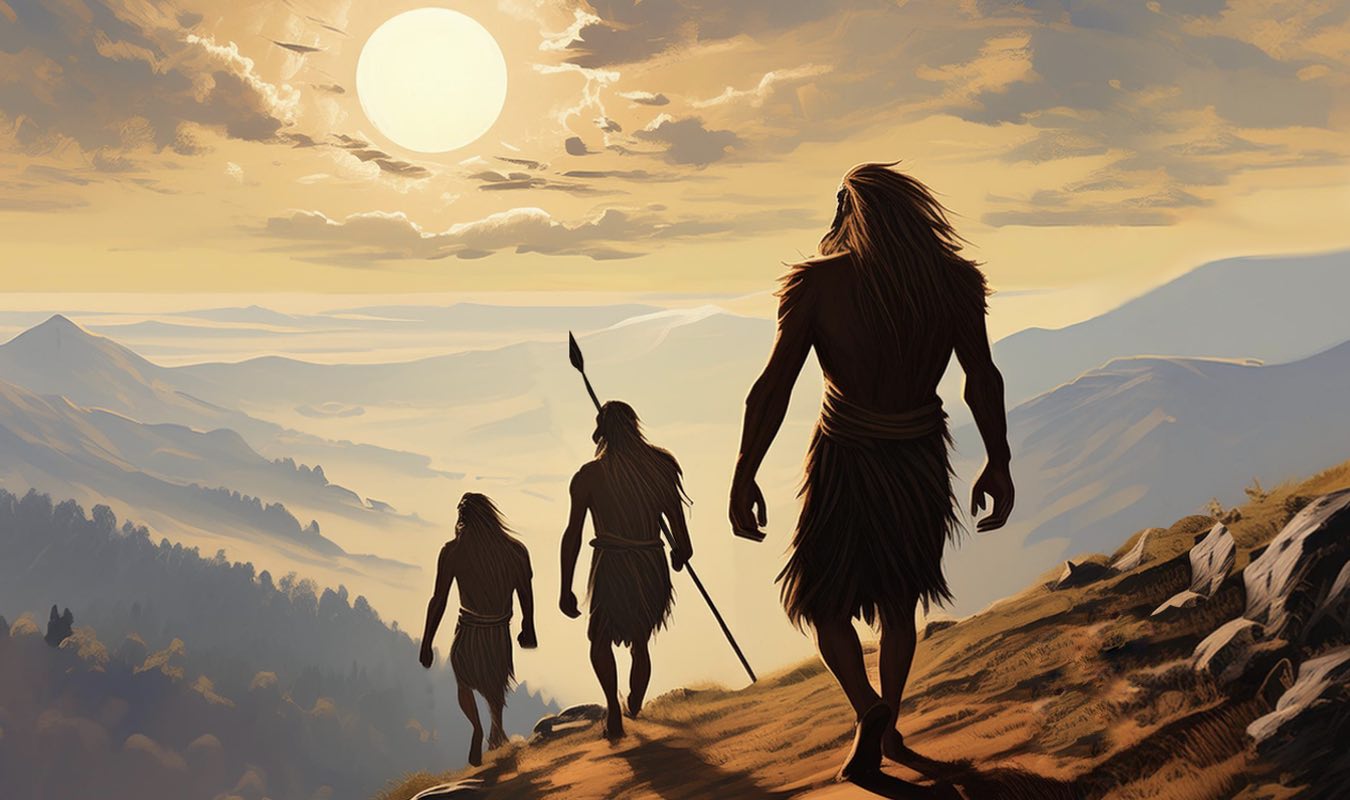New investigations into humanity’s ancient interactions with an enigmatic “lost” species are revealing the complex world our early ancestors once shared.
The recent research conducted by an international team of geneticists and AI experts has revealed that the lives of early modern humans and Neanderthals were more interconnected than previously thought. Significantly, the study points to waves of interbreeding over time that fundamentally shaped the genetic makeup of modern humans and offers new insights into the mysterious disappearance of the Neanderthals.
Led by Joshua Akey from Princeton University, the team says it has discovered evidence of such genetic exchanges dating back as far as 250,000 years. This data challenges existing theories about human migrations in the ancient world and what factors may have steered human evolution over time.
The new findings point to a far deeper level of interaction that once occurred between ancient humans and our Neanderthal cousins.
The Neanderthal Enigma
First discovered in 1856, what eventually came to be recognized as the first known Neanderthal bones were found in a limestone quarry in the Neander Valley near Düsseldorf, Germany. The discovery introduced these mysterious archaic hominins to the paleoanthropological record and prompted serious scientific interest in what factors shaped human evolution over time.
Once mischaracterized as slow and lacking intelligence, mounting evidence of traits exhibited by Neanderthals, including advanced stone toolmaking and the possibility that they may have treated each other’s injuries, is continually reshaping our ideas about their intelligence levels.
While similar to us in many ways, the differences between Neanderthal remains and those of modern humans have long remained intriguing to scientists, raising questions that have deepened in recent years with the discovery of another hominin group, known as the Denisovans, that once also populated parts of Asia and South Asia as recently as the latter part of the last Ice Age.
Now, Akey and his team at Princeton’s Lewis-Sigler Institute for Integrative Genomics are uncovering deeper insights than ever before into the genetic history modern humans share with the Neanderthals, who mysteriously vanished from the fossil record around 40,000 years ago.
According to Akey and his team, multiple different waves of interbreeding between Neanderthals and modern humans appear to have taken place.
“We now know that for the vast majority of human history, we’ve had a history of contact between modern humans and Neanderthals,” Akey recently said.
Liming Li, a professor at Southeast University in China who was also a contributor to the study, called the team’s findings “the first time that geneticists have identified multiple waves of modern human-Neanderthal admixture.”
Common Origins with an Intelligent “Lost” Species
The findings help to confirm that around 600,000 years ago, modern humans and Neanderthals split from an earlier common ancestor. More than 350,000 years would pass before each group developed distinctive physical characteristics that clearly defined them as separate species.
However, over the course of the 200,000 years leading up to their disappearance, humans continued to interact with Neanderthals. In their research, Akey and the team used genomes collected from 2,000 living humans, as well as genomes from three Neanderthals and one Denisovan, to map the flow of genetic information between these groups spanning a period of about 250,000 years.
Additionally, the team’s research was aided by a machine learning tool called IBDmix, which helped them identify three major waves of contact that occurred between 200,000 and 250,000 years ago, 100,000 to 120,000 years ago, and a final wave between 50,000 and 60,000 years ago, just before the last known Neanderthals vanished from the fossil record.
The team made additional insights into the presence of modern human DNA in Neanderthal genomes, an approach that helped identify that offspring from such interbreeding events were likely to remain in Neanderthal populations, with no traces present in the genomes of living humans.
According to Akey and his team, this very dynamic state of early human movement also complements archaeological evidence of cultural and tool exchanges that were believed to have occurred between these hominin relatives.
Finally, the Princeton research team’s findings offer a revision to past estimates of the size of Neanderthal populations. They reveal that past figures were interpreted as being greater than they actually were, reducing the breeding population of Neanderthals the team observed in their data by close to 1000 individuals.
Although Akey prefers the notion of slow assimilation into human populations over the idea of extinction, he nonetheless concedes that the disappearance of the Neanderthals had been foreshadowed by population decline over a fairly long period.
“Neanderthals were teetering on the edge of extinction, probably for a very long time,” Akey says.
Ultimately, the steady growth in modern human populations coinciding with the slow decline and assimilation of Neanderthals resulted in their absorption. Akey and his team’s research strongly support this gradual assimilation model, offering what may be the clearest picture yet of the rise and fall of the enigmatic Neanderthals.
“Modern humans were essentially like waves crashing on a beach, slowly but steadily eroding the beach away,” Akey said in a statement.
“Eventually, we just demographically overwhelmed Neanderthals and incorporated them into modern human populations.”
Akey and his team’s findings were published in a recent study, “Recurrent gene flow between Neanderthals and modern humans over the past 200,000 years,” which appeared in the journal Science.
Micah Hanks is the Editor-in-Chief and Co-Founder of The Debrief. He can be reached by email at micah@thedebrief.org. Follow his work at micahhanks.com and on X: @MicahHanks.

